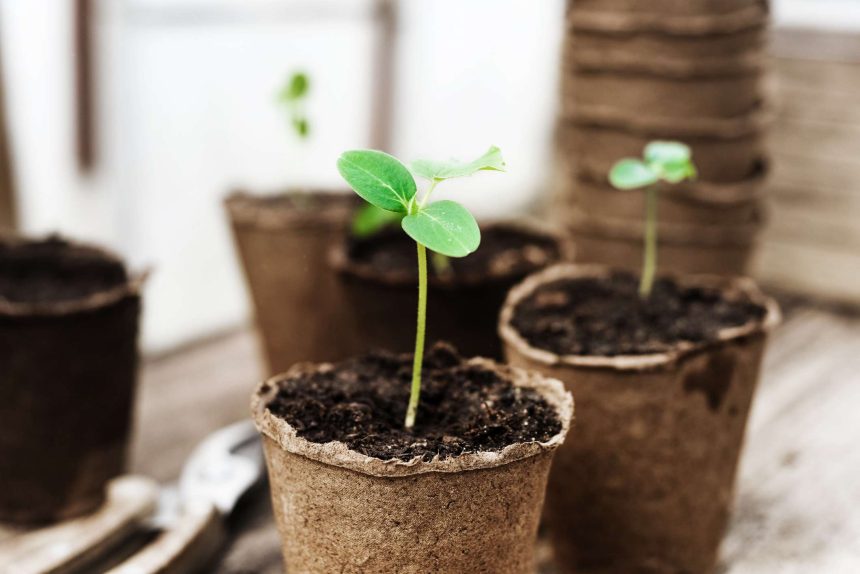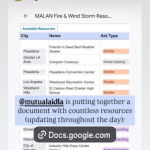Starting seeds indoors is a great way to get a headstart on gardening season. That said, doing it at the right time is critical. The excitement of the upcoming planting season can make it hard to wait, but starting seeds too early can have several unintended consequences. According to gardening pros, here’s the ideal time to start seeds indoors and why you shouldn’t try too early.
Meet the Expert
- Tammy Sons is the founder and CEO of TN Nursery.
- Carrie Spoonmore is the co-creator of From Seed to Spoon, a garden-planning app by Park Seed.
When Should You Start Seeds Indoors?
The exact time that seeds should be started indoors varies by region, but as a general rule, you should aim to start seeds about six to eight weeks before the last frost date in your area, says Tammy Sons, founder and CEO of TN Nursery.
While the last frost date is always an estimate, it provides a date to work against for gardeners. A quick Google search can help acquaint you with your region’s last frost date, which varies by climate and USDA Hardiness Zone. This means that gardeners in warmer climates can start seeds sooner than gardeners in colder climates with longer winters.
Some seeds (such as cool-season crops that thrive in cooler temperatures) should be started indoors just a couple of weeks before the expected last frost date, says Carrie Spoonmore, co-creator of the From Seed to Spoon app. That’s because these plants can be transplanted outdoors as soon as the soil is workable, even as tender seedlings.
Even still, some crops such as carrots, radishes, and beans do best when seeded directly in the garden once the danger of frost has officially passed, Spoonmore says.
Luckily, you don’t need to memorize these details to ensure you start your seeds at the right time. Seed packets have all the information you need to start your seeds successfully, including the recommended start date, seed planting depth, and spacing, recommended light and temperature levels, and more.
Want more gardening tips? Sign up for our free gardening newsletter for our best growing tips, troubleshooting hacks, and more!
Risks of Starting Seeds Too Early
So, what’s the problem with starting seeds earlier than the recommended six-to-eight-week benchmark? The issues arise from adequately caring for mature seedlings indoors.
“Starting seeds too early can lead to plants outgrowing their containers or becoming root-bound, leggy, or stressed due to lack of adequate light or space indoors,” Spoonmore says.
Once seedlings become leggy or stressed, this process is impossible to reverse, making it much less likely that they will survive when moved to the garden.
Additionally, the added time indoors can make the transplanting process itself more complicated, Sons says. Early-started plants can grow too large before conditions outside are safe, leading to transplant shock when moving them to the garden.
As hard as it can be to wait, patience is key when starting seeds, especially for gardeners in cold climates where last-frost dates are later.
“If you are looking to get healthy and strong plants, waiting for the right time to plant by researching the best season for your region is important,” Sons says.
Tips for Starting Seeds Indoors
In addition to waiting for the right time, a few other things can help give your seeds a good head start indoors. Spoonmore offers a few tips and tricks that she loves to use for her seedlings before transplanting them outdoors.
First, she recommends bottom-watering seedlings after they have sprouted.
“Bottom watering encourages seedlings to grow deep roots as they are naturally drawn to the water,” Spoonmore says.
Bottom-watering will also ensure that you don’t disturb delicate seedlings after they have sprouted. You can bottom-water seedlings by placing their containers on a tray or saucer and filling it with water. The seedlings will draw the water up through their container’s drainage holes as needed.
This means you’ll never have to pour water directly on the soil surrounding the tiny seedling, and your plants are less likely to suffer from overwatering.
Always monitor the water levels in the tray or saucer. Overwatering is still possible with bottom watering, and you don’t want waterlogged soil. If your seedlings aren’t soaking up the water you provide, it likely means they don’t need water, so you can drain the tray and wait a day or two before trying again.
Spoonmore also recommends placing a small fan near your seedlings after they’ve sprouted. Introducing a light wind into the seedlings’ growing environment will help strengthen their stems and prepare them for outdoor conditions. Just be sure you don’t put the fan too close and risk snapping the delicate stems.







